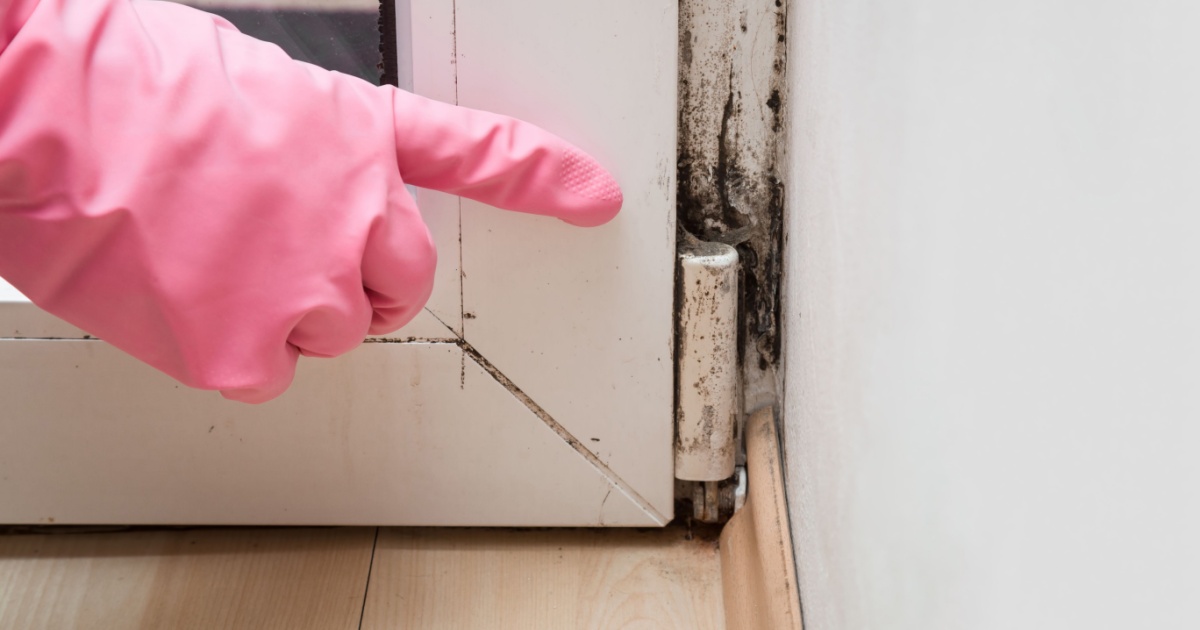When thinking of potential household threats, mold may not be the first thing that comes to mind. In the hierarchy of household hazards, mold exposure is likely to be put on the back burner while hazards like fire, chemical products, carbon monoxide, or even a loose floorboard are at the forefront. Mold in your house is often an out of sight, out of mind issue due to its ability to hide and exist in the form of microscopic mold spores.
Mold Exposure Is A Real Problem and It Deserves Consideration
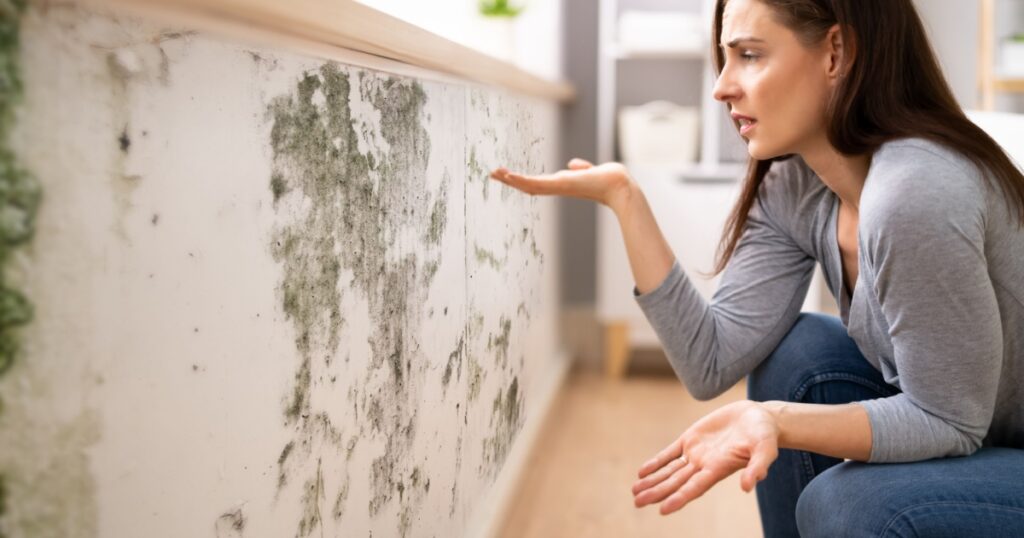
Think of it this way, when any substance in your home comes into contact with water, the odds overwhelmingly favor the prospect of mold spores growth (1). Speaking on the seriousness of mold toxicity, Dr. Rick Sponaugle, a functional medicine physician who specializes in the treatment of brain disorders due to toxins says, “Mold is the biggest health problem in the country” The potential threats of mold exposure are not to be taken lightly. “The toxins can trigger a wide range of chronic diseases over time, including liver disease, chronic fatigue, autoimmune disorders, gastrointestinal issues, recurring infections, sleep disturbances, hormonal disruptions, and breathing problems” (2), says Sponaugle.
Read More: How to Know if Mold is Making You Sick
Why Is Mold Exposure A Health Issue?
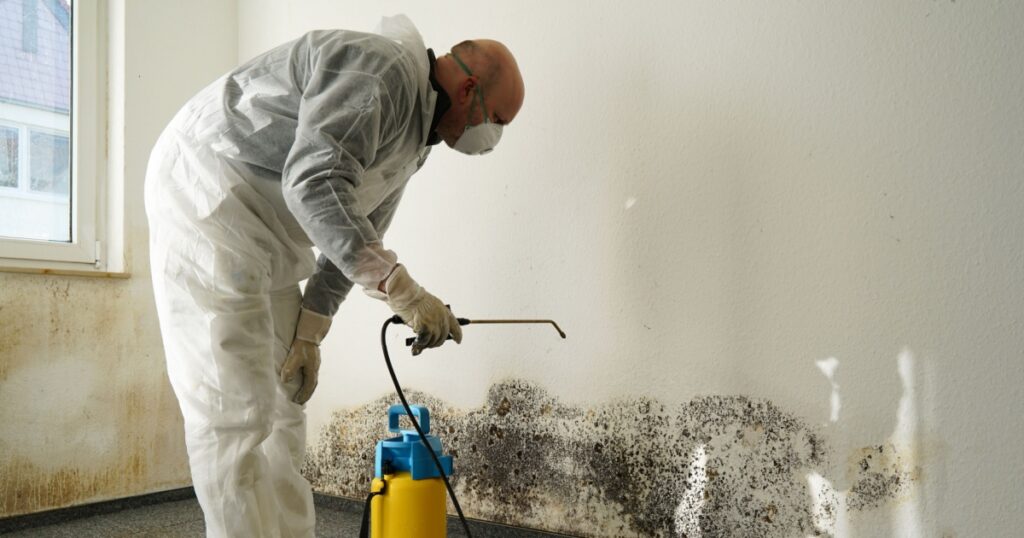
Mold itself is not toxic, but from mold develops mycotoxins. Mycotoxins are toxic substances produced by fungus which are highly threatening and possess the capability to cause disease and death in humans (3). With mold, there is also the potential growth of biotoxins. A biotoxin is a poisonous substance produced by a living organism, such as mold (4). When mycotoxins and biotoxins are inhaled and absorbed, a variety of harmful effects can occur, particularly in the respiratory system, skin and brain health.
Where Does Mold Come From?
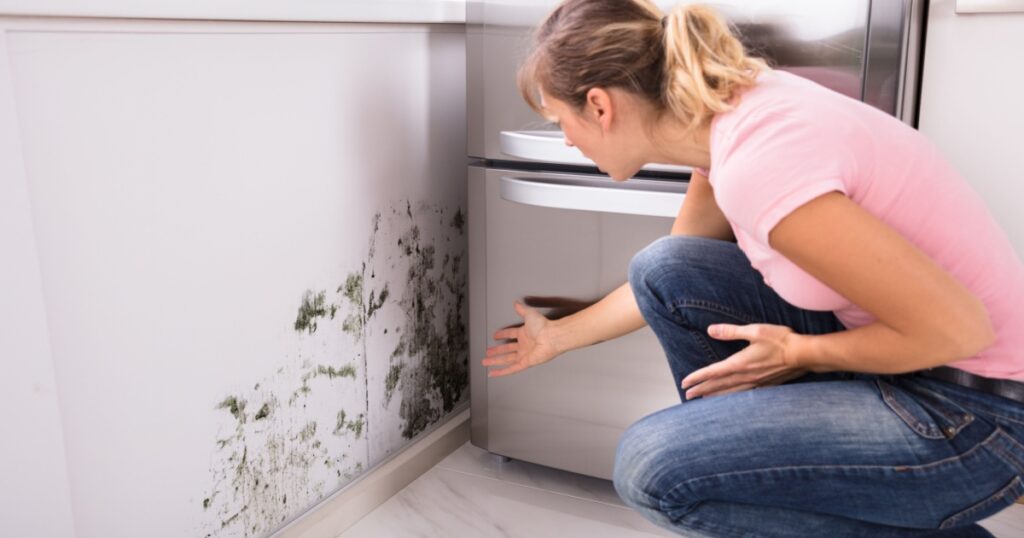
- Mold can be found both indoors and outdoors
- Mold can enter your home through open doorways, windows, vents, and heating and air conditioning systems.
- Mold that is in the air (outside) can attach itself to clothing, shoes, bags, and pets (5).
- Mold grows in places with a lot of moisture, such as leaks in roofs, windows, or pipes.
- Mold grows well on paper products, cardboard, ceiling tiles, and wood products.
- Mold can also grow in dust, paints, wallpaper, insulation, drywall, carpet, fabric, and upholstery (5).
- Humid basements and bathrooms are hotbeds for mold spores.
- Additionally, mold is opportunistic and can turn up in unexpected locations such as the attic, washing machine, chimney, coffeemaker and refrigerator drip drawer (6).
Effects Of Mold Exposure
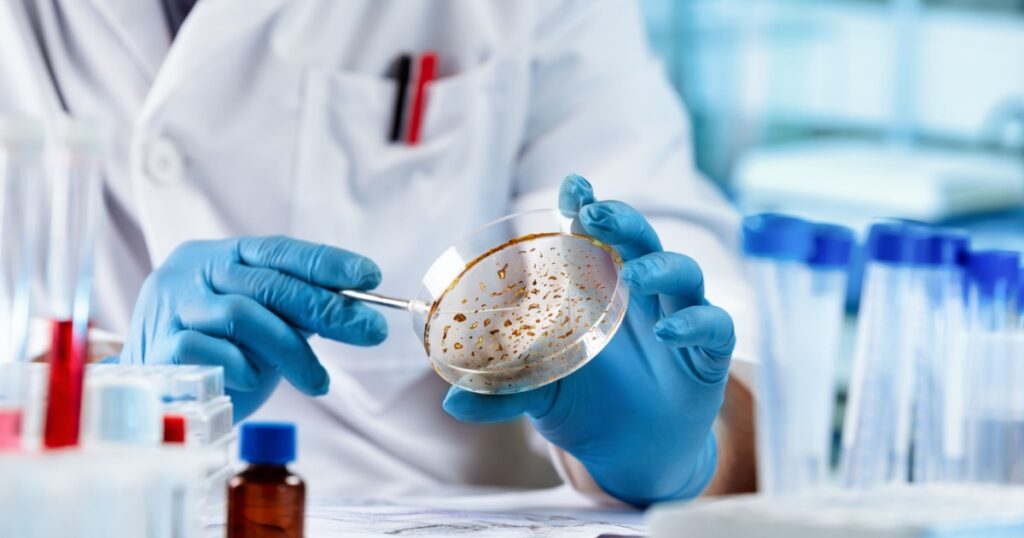
Some people are more susceptible to develop problems from mold exposure, including, young children, elderly, individuals with existing respiratory conditions, and immunocompromised patients (7). An issue in treating individuals from mold exposure is ambiguity. Symptoms of mold exposure mirror those of a wide host of conditions. Given this fact, mold is one of the last possibilities primary care physicians tend to explore.
Read More: 15 Warning Signs Mold Hiding In Your Home and Could Be a Risk to Your Health
Symptoms Of Mold Exposure
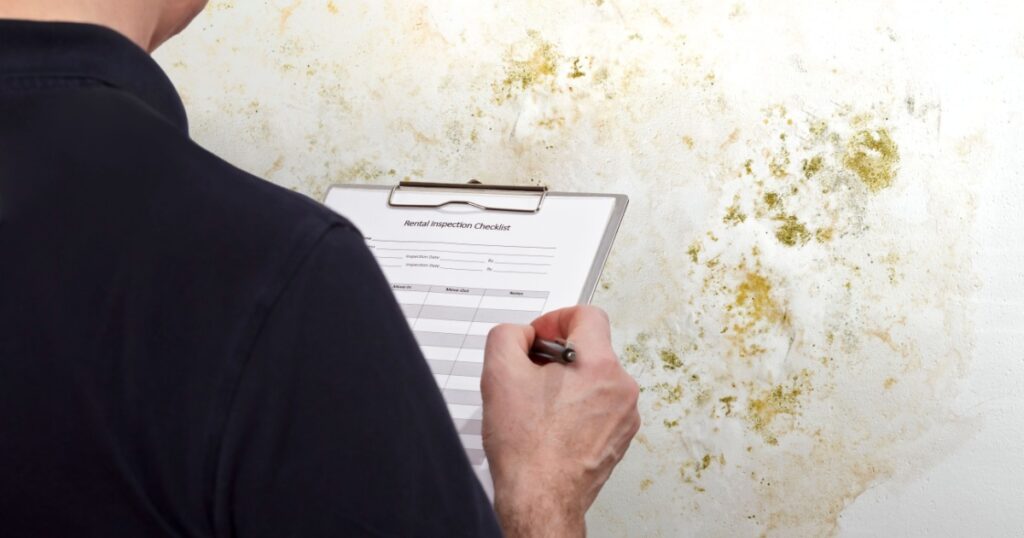
- Chronic Fatigue: A steady feeling of exhaustion and inability to function at a normal level.
- A persistent Cough: Described as coughing that won’t go away. An improvement of symptoms may occur when away from the house.
- Allergies: Signs of allergic reactions may include wheezing, rashes, watery eyes, runny nose, itchy eyes, coughing and redness of eyes.
- Asthma: A highly common symptom of mold. Occurs when airways of home tenants become inflamed from mold toxins.
- Skin Problems: Issues include skin sensitivity, pruritis (itchiness), rashes, eczema, and psoriasis.
- Sensitivity to Chemicals: Exposure to colognes, perfumes or household cleaning products can produce feelings of nausea.
- Muscle Soreness: Persistent aches or muscle cramping can result from mold exposure.
- Musculoskeletal Issues: Joint pain, muscle cramps, weakness, tics, and muscle twitches.
- Headaches: Headaches may arise suddenly indicating the likely presence of biotoxins.
- Disorientation: Normal activities such as driving may be a dangerous risk.
- Psychiatric Problems: Mold exposure can affect our mental cognition abilities such as memory recall, focus, and alertness. It has also been linked to depression, anxiety, and insomnia.
- Impaired Immune System: Recurring infections, autoimmune issues, allergies, and asthma.
What To Do About Mold Exposure
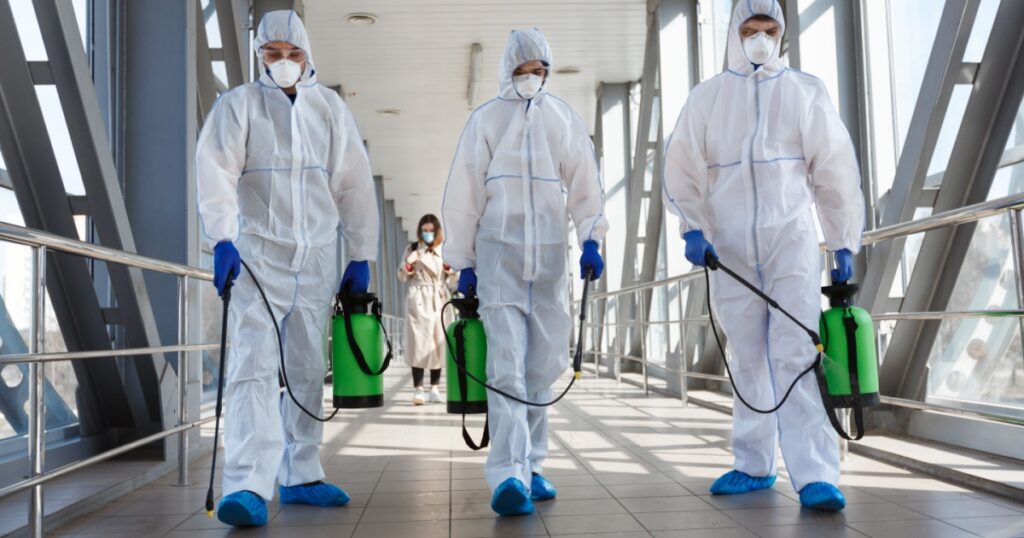
- If you suspect your home is contaminated with mold, it is suggested to contact a professional mold inspection unit. Because mold can often exist in hidden places, accurate detection is vital to ensure complete removal.
- An alternative method of mold detection comes in the form of a home detection kit. Mold and mold spore detection kits can be found in most hardware stores.
- Home detection kits require sending swab samples to a laboratory for testing, an additional fee for laboratory testing will be charged. Results from laboratory testing can generally take between 5-10 days (9).
Mold Spores Are Everywhere
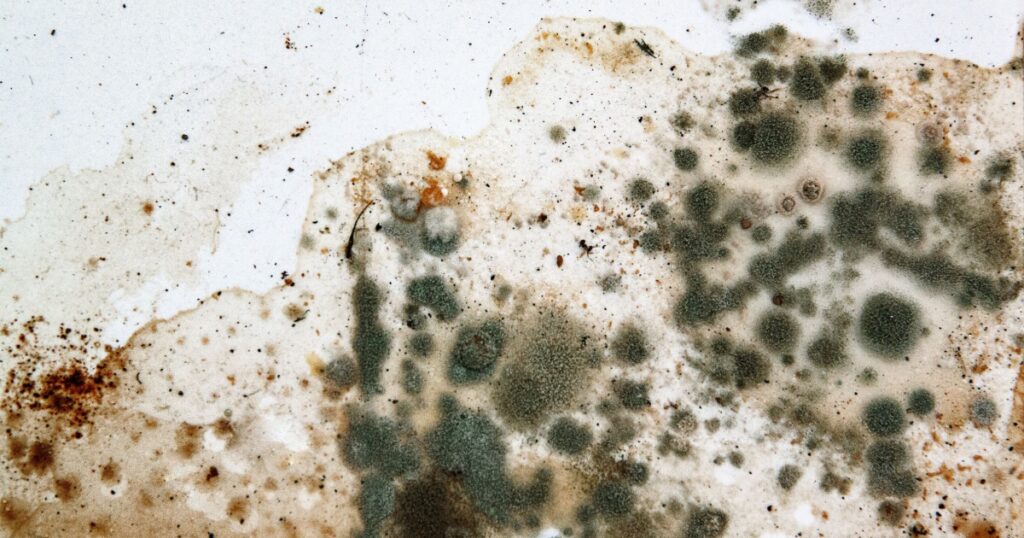
If you are displaying symptoms of mold exposure, contact your doctor for treatment and diagnosis right away. Mold in your house is everywhere and while you can’t stop mold spores, YOU CAN contain them.
To give yourself the best chance of limiting mold in your house, utilize these tips:
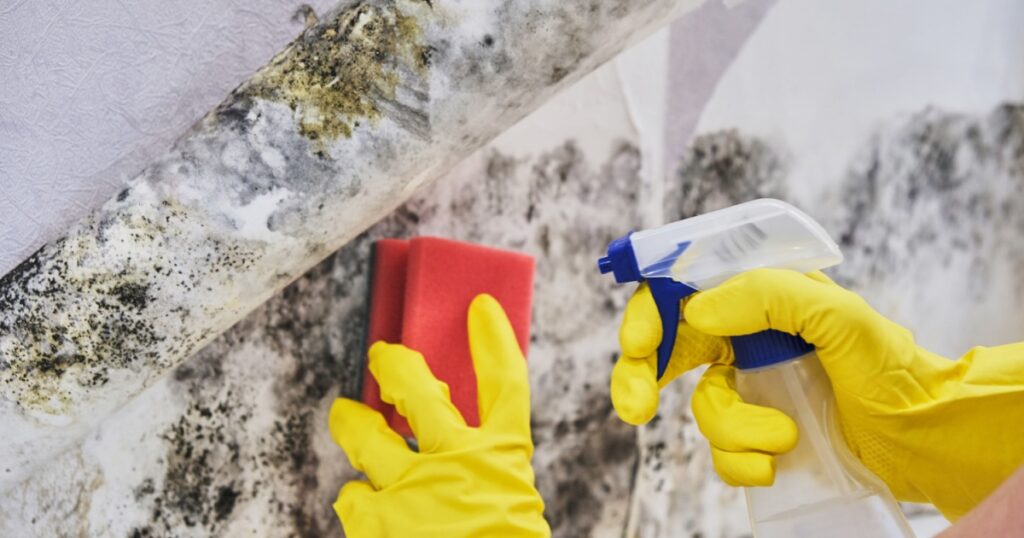
- Control humidity levels.
- Fix leaky roofs, windows, and pipes.
- Thoroughly clean and dry after flooding.
- Ventilate shower, laundry and cooking areas.
Read More: Most mattresses are filled with mold, mites and chemicals – here is how to know
Sources
- https://www.homeadvisor.com/r/toxic-and-non-toxic-mold/
- https://www.linkedin.com/pulse/mold-underestimated-health-factor-prof/
- https://www.ncbi.nlm.nih.gov/pmc/articles/PMC164220/
- https://medical-dictionary.thefreedictionary.com/biotoxin
- https://www.cdc.gov/mold/dampness_facts.htm
- https://learn.allergyandair.com/hidden-places-you-might-find-mold/
- https://enhs.umn.edu/current/5103/molds/harmful.html
- https://moldprollc.com/10-common-symptoms-of-mold-biotoxin-illness/
- https://www.toptenreviews.com/health/wellness/best-mold-test-kits/
